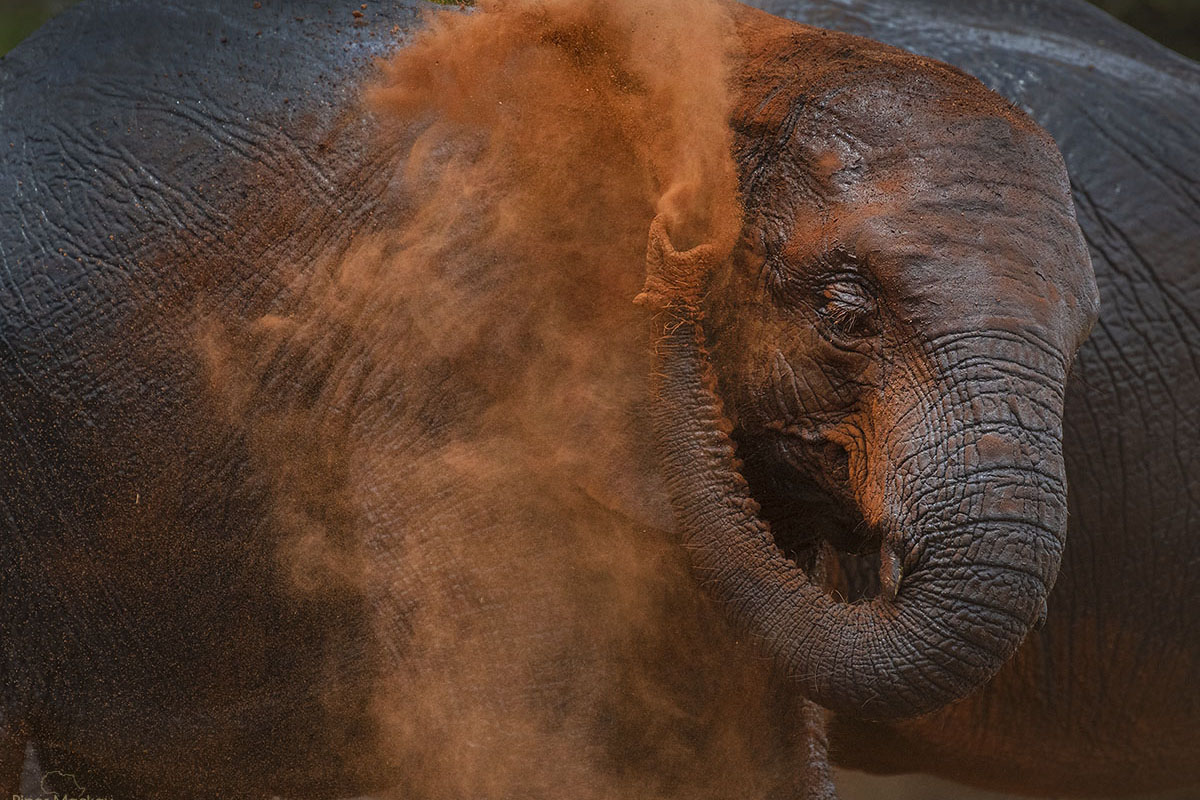 Nikon D850, 70-200, F5.6, 1/1000, ISO 500, -.1
Nikon D850, 70-200, F5.6, 1/1000, ISO 500, -.1
My switch to Nikon was not a knee-jerk reaction to the shiniest new toy to hit the market, but had been a very long time coming. I wrote about it all the way back in August of 2012 and again in June of 2013. Switching systems is something most photographers have thought about or even agonized over at some point, especially once the mirror-less cameras began gaining traction. This is why I am sharing my experience of making the switch from Canon to Nikon and why.
MAIN REASONS FOR THE SWITCH TO NIKON
- Nikon’s low-light capabilities
- Nikon’s superior dynamic range
- Nikon’s optics and fine details in the output
My specialty is Africa, so I equally shoot two genres of photography – wildlife and Tribes (people/travel). I had no complaints about Canon’s 5D series, which was a great tool for my tribal photography, but on the wildlife side, I had years of heartache with their high-speed bodies, which you can read more about in the above links. Next year it was already in my plan to upgrade two of my bodies and in my gut I knew that I could not invest further in Canon Products.
By Canon’s own admission, they state they are, “Lagging in Innovation” and are looking for growth outside photography. Nikon really listens to, supports, and respects its professionals. They are passionate about making high-quality optics and cameras for photographers.
TESTING NEW GEAR – preparing for the switch
It is so easy to rent and test gear these days that once you are considering purchasing any new gear – not just switching systems – there is no excuse not to try it out before making an investment. If you have traveled with me or come to one of my workshops, you know that I stand behind these words!
I first tested Nikon for two weeks on my Great Migration Safari back in 2012 with the release of the D800 and D4. I also had several other opportunities to shoot with Nikon over the years. On my Botswana Exclusive safari this past April, I was again filled with envy as my partner shot with the D850s. Once I was back in the states for a few weeks, I immediately rented the D850 and the 400 2.8. I am fortunate to have a lot of colleagues and shooting buddies who use Nikon. We planned a full day of shooting where I would have assistance with the buttons and dials and could test it all properly. When it came time to pull the trigger, I would be ready to make the decision with confidence.
THE SEED WAS PLANTED
For years, I knew I would be switching systems, but I agonized over it more once the mirror-less cameras were into several generations; Sony released the a7 III and Fuji came onto the market with the X-T2. Going mirror-less was never about, “lightening the load.” That was a marketing scam – the bodies only saved about 1 lb in weight. The systems were lighter because the glass was slower, which meant I could make my current system almost as light by selling my fast glass for slower glass. It was the true exposure through the viewfinder, the expansion of focusing points from corner to corner, and the through-the-sensor focusing technology that had my attention, particularly for my Infrared work.
In April 2018, Nikon announced it was going to release it’s first full frame mirror-less camera in the spring of 2019.
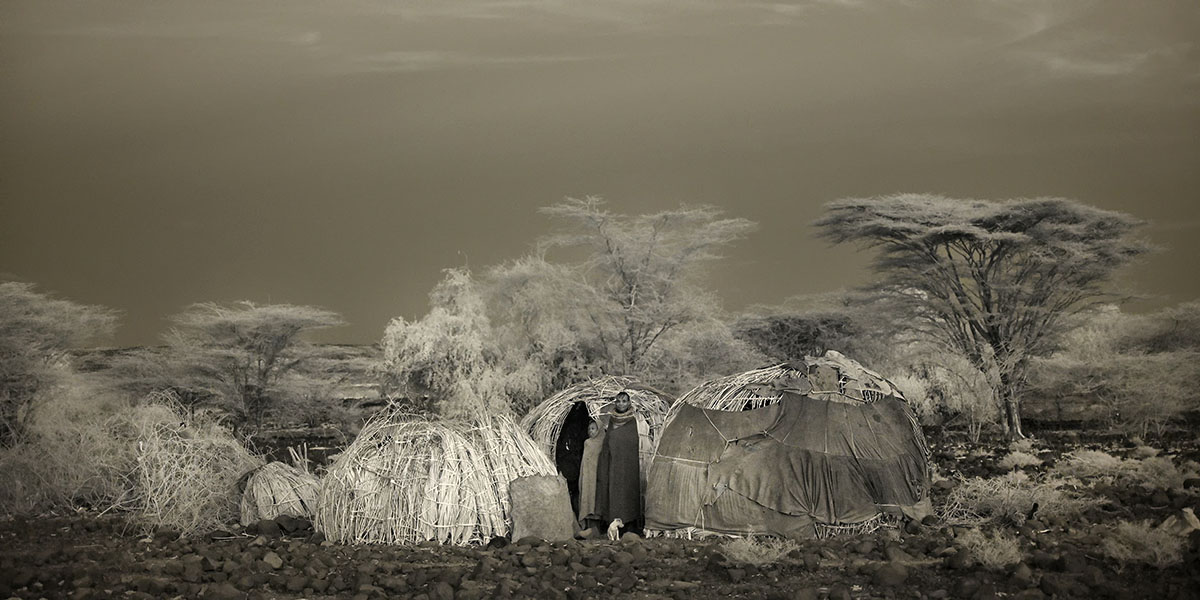 Nikon Z7 IR, 24-70 2.8, F5, 1
Nikon Z7 IR, 24-70 2.8, F5, 1
HOW THE SWITCH HAPPENED
Life has a way of pushing things along.
While I was leading the Great Migration Safari at the end of August, Nikon released information about the Z7 and Z6 mirror-less models which was soon followed by many passionate discussions around the campfire with sundowners! At the airstrip, I ran into Mark Comon, of Paul’s Photo in Torrance, and it seemed to be no coincidence when I found him in the seat next to mine on our international flight back the US that night. He leaned over and said to me, “Time to make that switch!”
Nikon was giving live presentations of the Z7 around the globe; one of their biggest launches since going digital. Mark quickly introduced me to the head of NPS and unbeknown to me a friend/client/colleague, chatted with on or the head reps at Nikon about my desire to switch. Therefore, I was quite surprised when Nikon contacted me on a Wednesday, 7 days prior to returning to Kenya for 7 weeks. I attended the Z7 presentation at Paul’s Photo on Thursday night to physically test it out and hear about the technology. On Friday morning, less than 48 hours from the first communication, I spoke with Nikon from the parking lot of my Doctors and they confirmed that they would fast-track me for NPS. I made one call to Mark at Paul’s Photo and after my appointment I returned home, packed up every piece of Canon gear I owned, and drove to Paul’s Photo where Mark had 2 D850s waiting. They were almost impossible to get as most everyone had them on back order. I also placed an order for the Z7 mirror-less and NPS put me at the top of the list.
Five days later I boarded a flight to Kenya with 2-D850s, 24-70 2.8, 70-200 2.8, 1.4 teleconverter, and a 200-400 borrowed from a friend and client. I will have the 180-400 4.0 and the 400 2.8 on loan for two safaris next year and then I will make a decision as to which big glass I am going to purchase. The Z7 came in a day before my departure and Mark sent it to Daniel at Life Pixels for the IR conversion. As always, Daniel’s service, in a rush conversion to help me out, was over the top. He then shipped the camera to a client who hand-carried it to Kenya and placed it in my hands mere hours before our incredible Tribal Expedition Northern Kenya.
Yes, in theory, I perhaps broke my rule of, “do NOT buy new gear just before a big trip – buy it way in advance so you have time to practice with it first.” However, I had tested it first, shot with Nikon several times in the past, and 3 of the 7 repeat clients on the Signature Safari Africa were Nikon shooters who had agreed in advance to help me out as I stumbled through learning the buttons and dials.
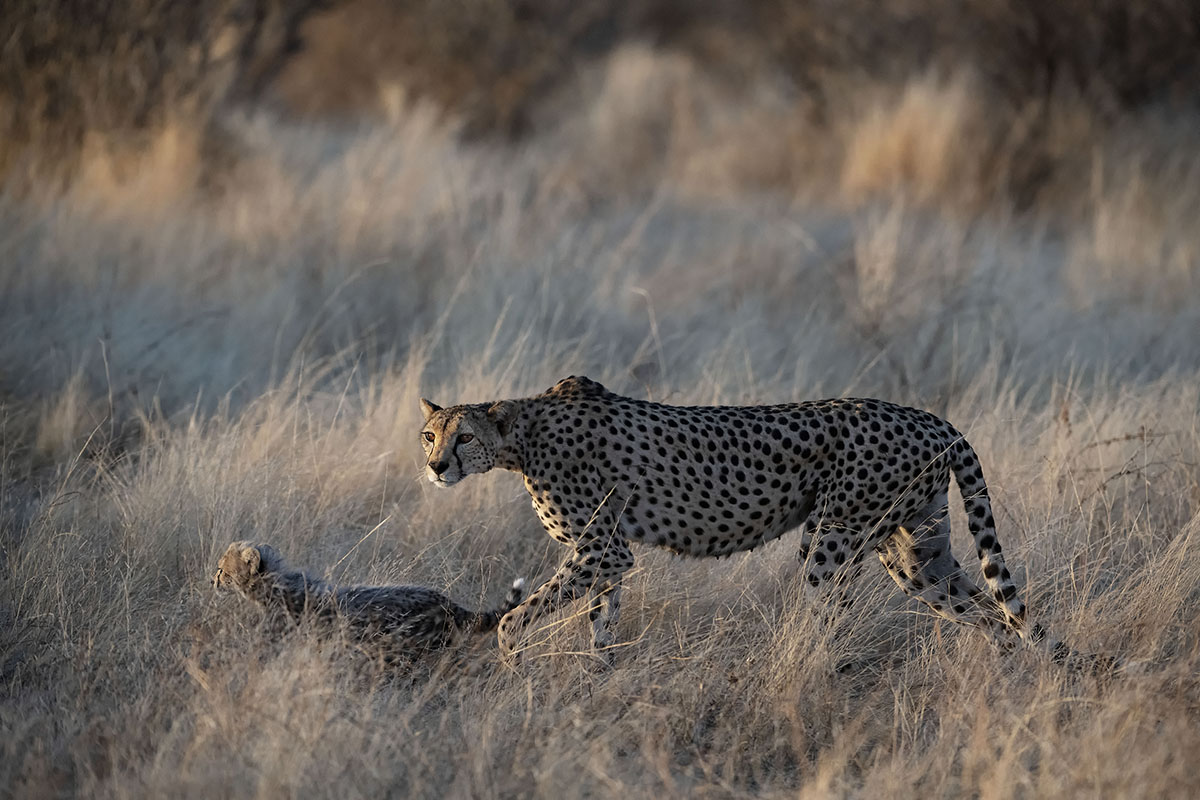 Nikon D850, 200-400 lens, F5, 1/2000, ISO 1250, -.1
Nikon D850, 200-400 lens, F5, 1/2000, ISO 1250, -.1
FEATURES I LOVE
- Crop modes in the camera
- The Megapixels
- Consistency between models
- How it feels in my hands
There are many great features on the D850, which you can view here, but my favorite is the ability to crop in the camera by pushing a button on the front left of the camera and turning a dial on the back right without ever taking my eye away from the viewfinder. There are several choices: 30%, 50%, vertical, and square. Even at the 50% crop, I still have a 24 Megapixel image. I am an emotional shooter so I like to create images in camera; what I am seeing and experiencing through the viewfinder right when I click. Imagine instantly turning your 20-200 into a 400 and a 400 into an 800 – it’s powerful. Yes, the compression is not the same as using big glass so it is not a substitute for owning big glass, but during my 7 weeks of shooting in Africa, I used this feature around 30-40% of the time.
I have never owned a megapixel camera before so I thought that having 45 of them would mean a slower download, but with the SQD cards and Sony card reader, it is actually much faster than my flash cards with my 18 meg files. I have never been one to crop much in post for composition, but I have been longing to print some large creative pano-style images, and 45 megapixels will easily allow me to do this no sweat.
With the new crop feature, I no longer feel the need to have a body with a crop sensor so I have 2 D850s and the Z7 – all of which are full frames. They all have the same battery, charger, and card too, making life simple with fewer things to drag around. The consistency of buttons, dials, and menus has improved the consistency in my shooting and for the first time in my career, I have matching bodies, which I love!! The D850s are so incredible that I no longer feel I need a higher speed body such as the D5 or Canon 1DX and I am happy to lighten the load and save the money.
Ever since the first time I held a Nikon, I have loved the way it feels in my hands. The lenses are sleeker and slightly smaller in circumference. However, it took about 3 weeks for me to get used to the locations of some of the buttons, dials, and turning things backward – the placement of the buttons and dials now seems more fluid.
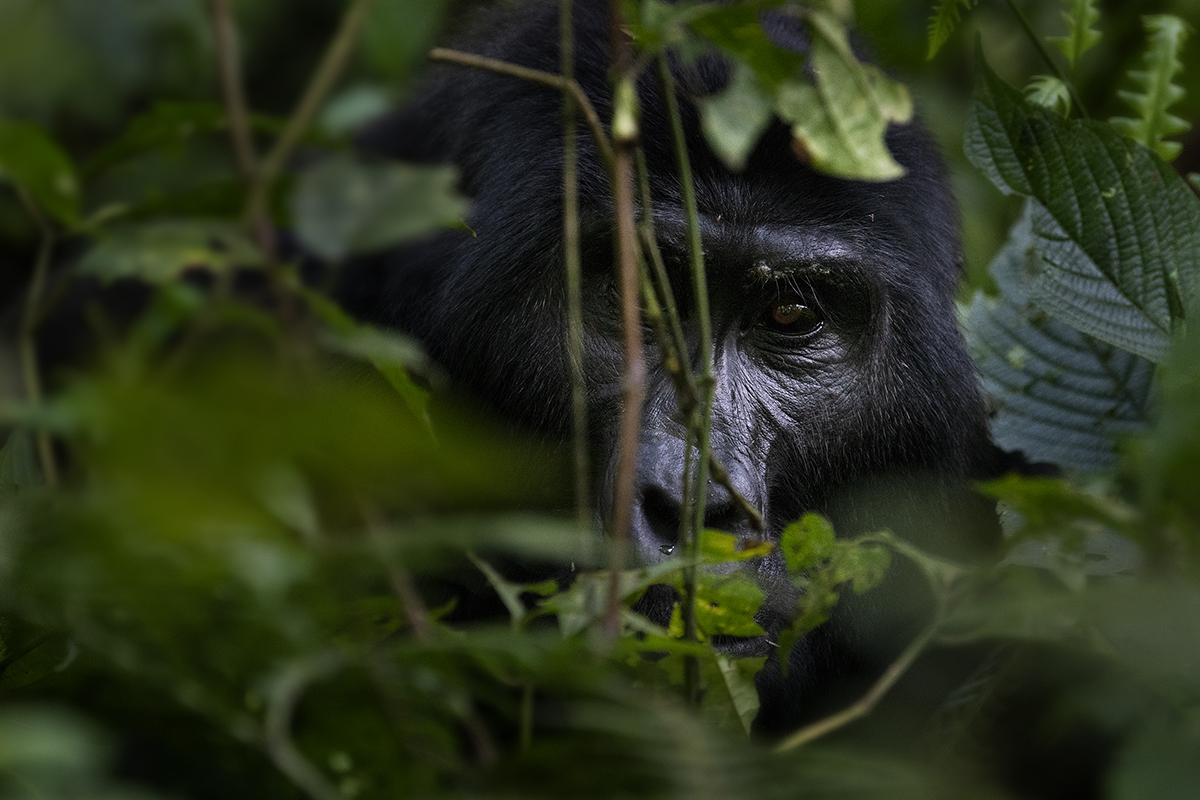 Nikon D850, 70-200 2.8, F4.5, 1/500, ISO 1600, -.2
Nikon D850, 70-200 2.8, F4.5, 1/500, ISO 1600, -.2
DISLIKES AND DISADVANTAGES
- Slowness in maneuvering focusing point
- Setting a custom white balance
Nothing in life is perfect. Before making the switch, I already knew that moving the focusing points around was going to be slower, yet I was willing to compromise. This really has been the only major drawback for me that has been a bit of a challenge. With Canon, you could easily spin the dials and rapidly move the focusing points. With Nikon, you have to push/hold down the multi selector button (which is much slower than Canon) or use the joystick, which can stick on the D850 and really hangs up on the Z7 (I think this will improve through firmware or the second generation). However, this still outweighs the disadvantages I had shooting with Canon’s high-speed bodies.
One other concern I had was stopping down and opening up quickly, because Nikon requires you to push a button before turning a dial for adjusting the exposure. Yes, in time, I could retrain the movement. However, Nikon created a function called easy compensation that I was able to set up, and now it functions the same as how I shot with the Canon. Brilliant!!
With IR, it is important to be able to set a custom white balance, which is very easy in Canon, yet a bit more complicated and unintuitive with Nikon.
Other than these few issues, I am thrilled with the switch.
CHALLENGES
Other than getting use to the positioning of the buttons, dials, and menu’s, it is hard to break the habits and untrusting nature I have from shooting with previous limitations. With my all my Canon bodies I never trusted going higher than ISO 3,200 and over 2,500 was generally pushing it. With IR the more you closed down, the more you risked hotspots, which are almost impossible to correct in post if your output is fine art prints; F5.6 was safe, but F8 was pushing it. Therefore, as you see from my settings I am still shooting too wide open (to get more light) to keep my ISO low, but with the new 850 I could have easily doubled and tripled my ISO for more depth of field. With the Z7 IR and new Z glass F8 is entirely possible without hot spots. I will be back in Africa on Jan 2,, 2019 and I am going to shoot in manual on Auto ISO and push the boundaries, something I would never have considered on my old system.
WHY DID IT TAKE YOU SO LONG?
As with most things in life, it was down to time and money. I basically stayed in a bad relationship way too long out of convenience. Back in 2013, when I was ready to consider switching, I was already well into the planning stages of moving to Kenya. It was either the relocation and a Land Rover or switch to Nikon. That was not a tough decision. I then spent years of band-aiding my system rather than investing more into a system I was unhappy with. Most times when we finally bite the financial bullet and strip the burden, we find we are happy with our choice- hence the phrase – “I wish I would have done that years ago!”
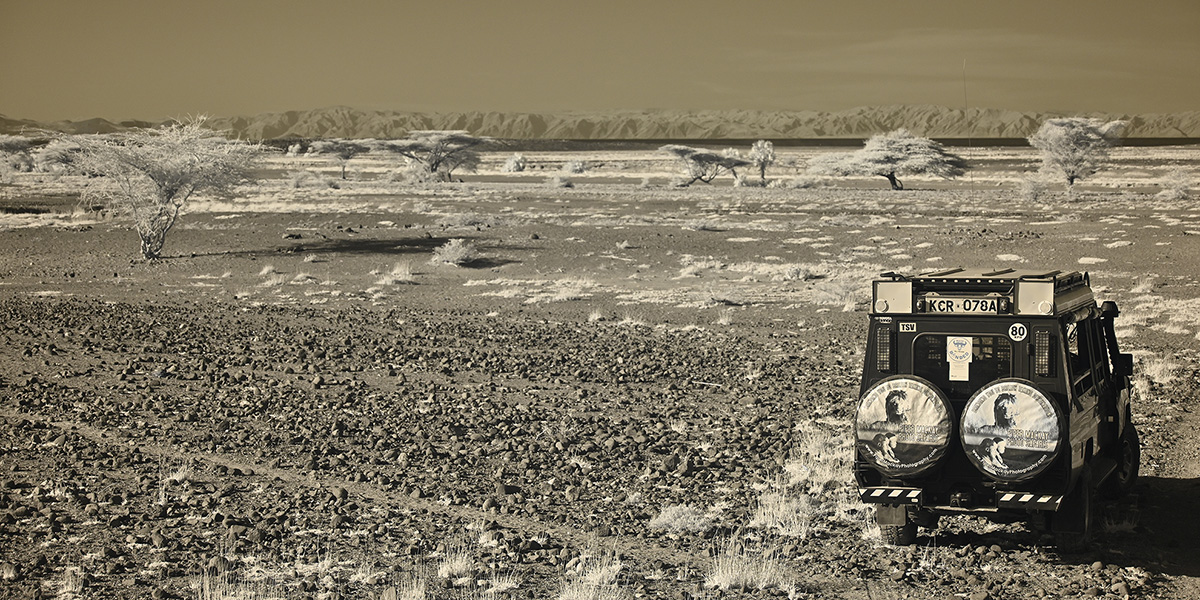 Nikon Z7 IR, 24-70 2.8, F5, 1/1000, ISO 400, +.67
Nikon Z7 IR, 24-70 2.8, F5, 1/1000, ISO 400, +.67
DO YOU HAVE ANY REGRETS?
NONE!!! The low-light capabilities are beyond my expectations and I no longer feel compromised between noise and sharpness. Even when I was in Uganda photographing the gorillas and chimps, the highest I had to raise my ISO was 4,000 in order to have a high enough shutter speed, but I could have easily doubled it like several of my clients. I guess I still have a little baggage from never wanting to go beyond 3200 with any of my Canons and that was pushing it. The first time I downloaded my images, I could almost cry when I saw the clarity in the detail. It is still blowing my mind. I finally feel as though I have the technical gear that matches my creative vision and shooting style!!!
SHOULD YOU SWITCH TO NIKON?
It would depend on the needs you have in creating your vision and producing the high-quality output of what you envisioned. Changing systems is not going to make you a better photographer. If you are happy with the quality of your product, NO! There is no reason to switch. However, if you are a wildlife photographer, then the D850 is a game changer.
If you are going to switch systems, I highly recommend jumping in with both feet and not trying to slowly move from one to the other, by shooting with both systems through the transition. This will only hinder your shooting. Throughly test out the new system, lay out a proper plan of selling your old gear and the investment to switch, and be %100 confident in your decision.
TECHNICAL REVIEWS
If you want to read more about the features of the D850 and Z7, here are some links to several great technical reviews.
D850
Ken Rockwell
DP Review
Photography life
Tome Hogan
D850 specs by Nikon
Z7 Mirrorless
Ken Rockwell
Photography life
Digital Trends
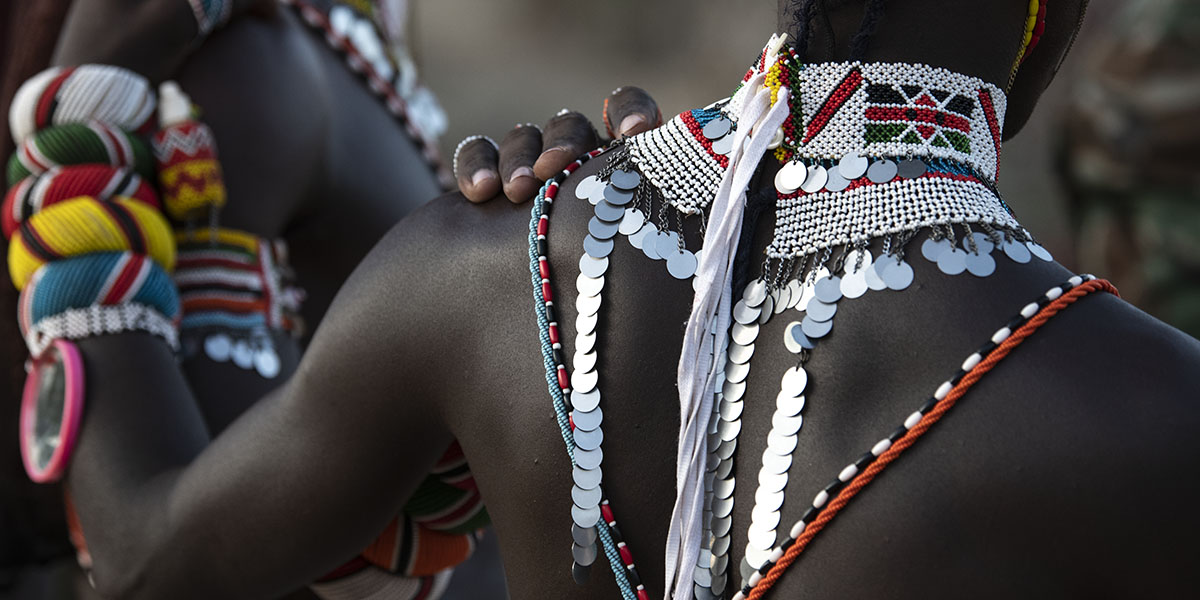 Nikon D850,70-200 2.8, F5, 1/500, ISO 1250
Nikon D850,70-200 2.8, F5, 1/500, ISO 1250
WITH DEEP GRATITUDE – for making this happen
I want to give a huge shoutout to Mark Comon of Paul’s Photo for expediting everything at a moment’s notice. Helping me out of one system and into another took him less than an hour. He took the Z7 out of the box and tested it for me before shipping it to Life Pixels. Most importantly, I want to thank him for the great extra service in responding to a few of my panic emails from remote Africa in a matter of hours! When you are off the grid and you have a problem with your gear, stuck on a 2G network if you’re lucky, you need someone at home base who has your back.
A huge thank you to Daniel at Life Pixels who has done all of my IR conversions and always in a rush!! His service is always beyond expectations.
With a huge amount of gratitude, I want to thank the entire NIKON team for all your support, pushing everything through so quickly, and the huge bag of swag that I will be proudly sporting on my workshops and at speaking events. It is so refreshing to be with a camera company that supports, listens to, and respects its professional photographers!
Throughout this post and below are a few images from the D850 and the Z7 shot during my past 7 weeks in Africa with on the Signature Safari Africa, Uganda Chimps and Gorillas, and Tribal Expedition in Northern Kenya.
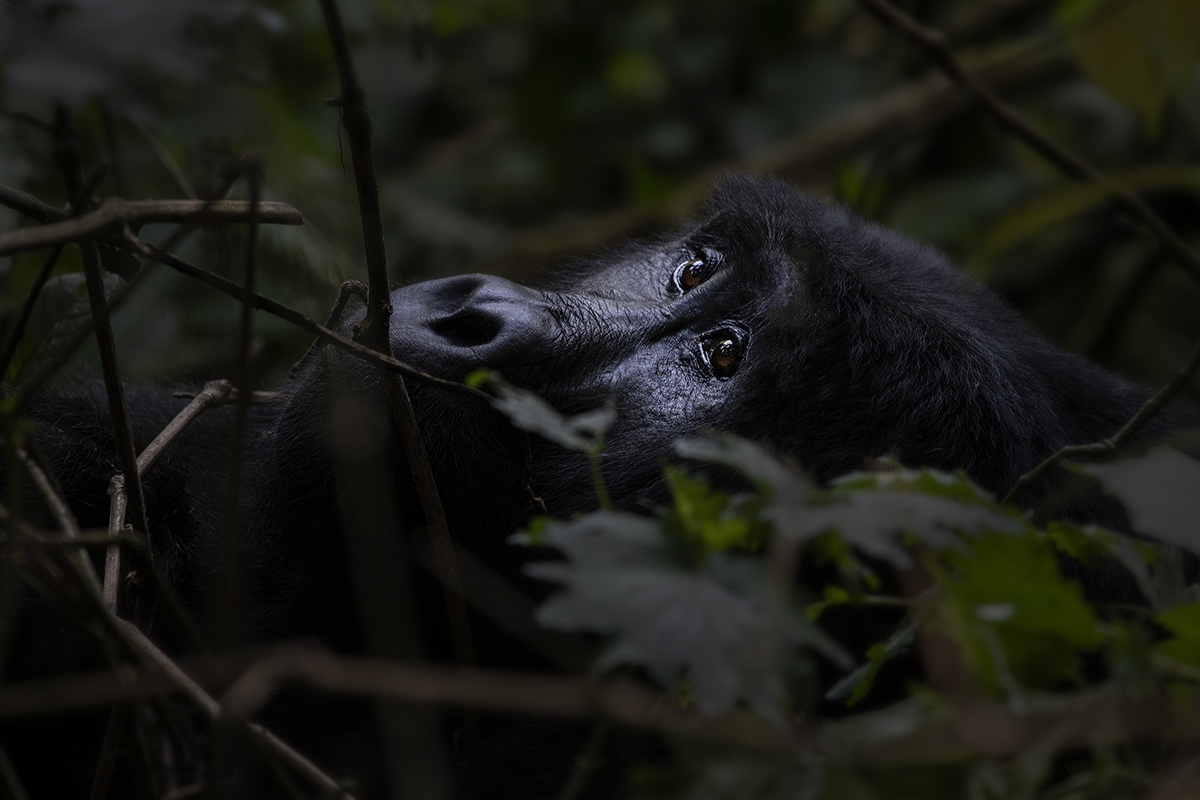 Nikon D850, 70-2002.8, F7.1, 1/500, ISO 800, -.2
Nikon D850, 70-2002.8, F7.1, 1/500, ISO 800, -.2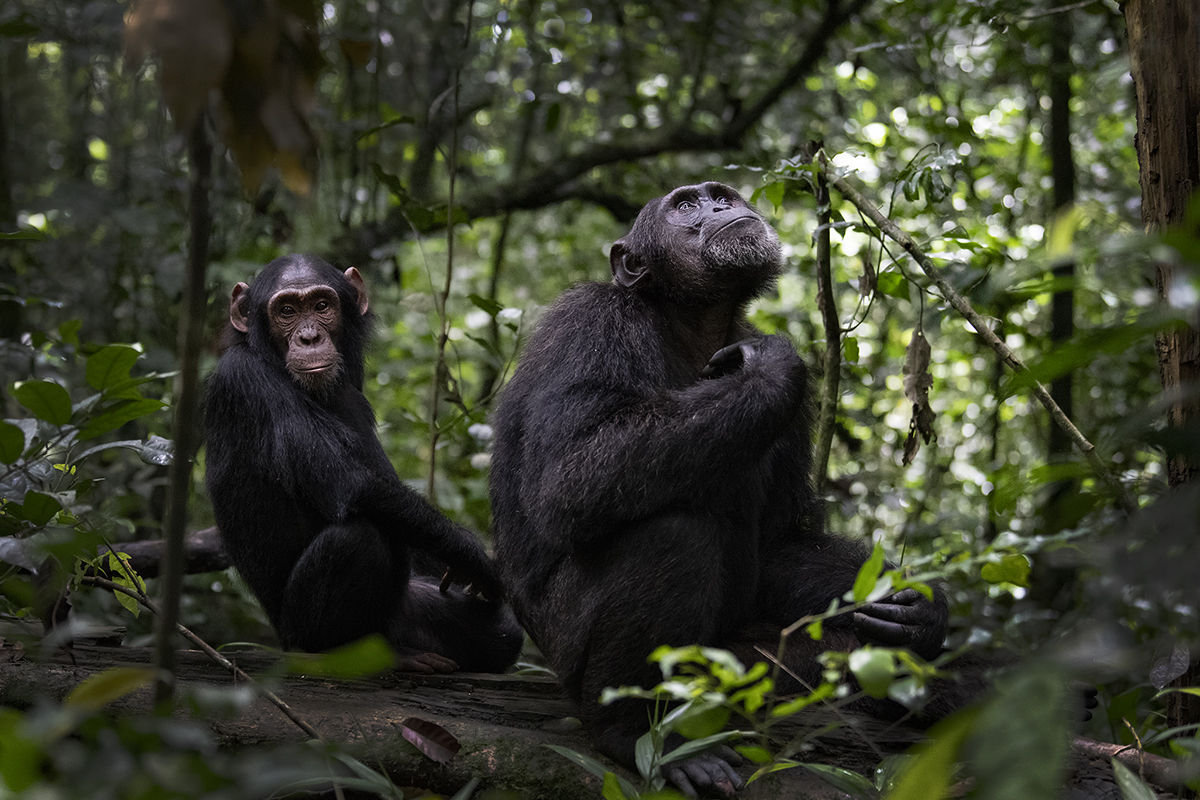 Nikon D850, 70-200 2.8, F4, 1/1600, ISO 4000, -.67
Nikon D850, 70-200 2.8, F4, 1/1600, ISO 4000, -.67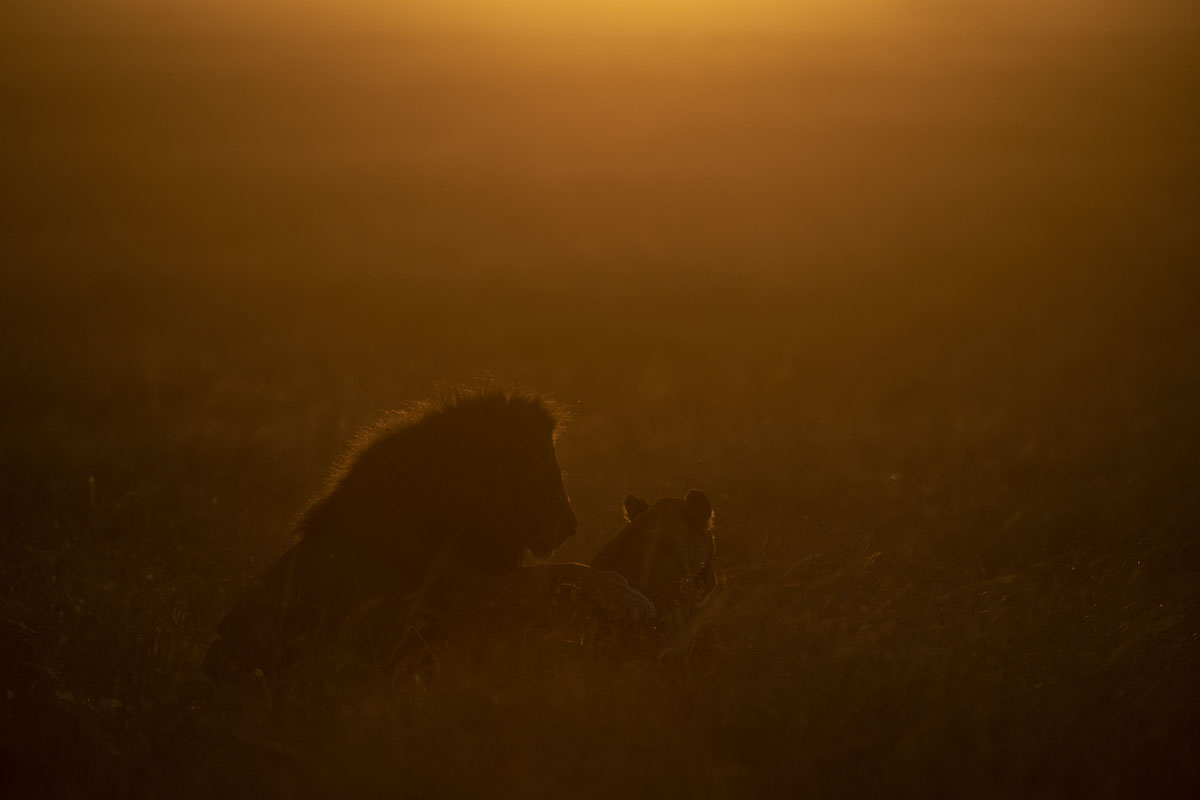 Nikon D850, 200-400 F4, F5.6, 1/2000, ISO 500, -1.67
Nikon D850, 200-400 F4, F5.6, 1/2000, ISO 500, -1.67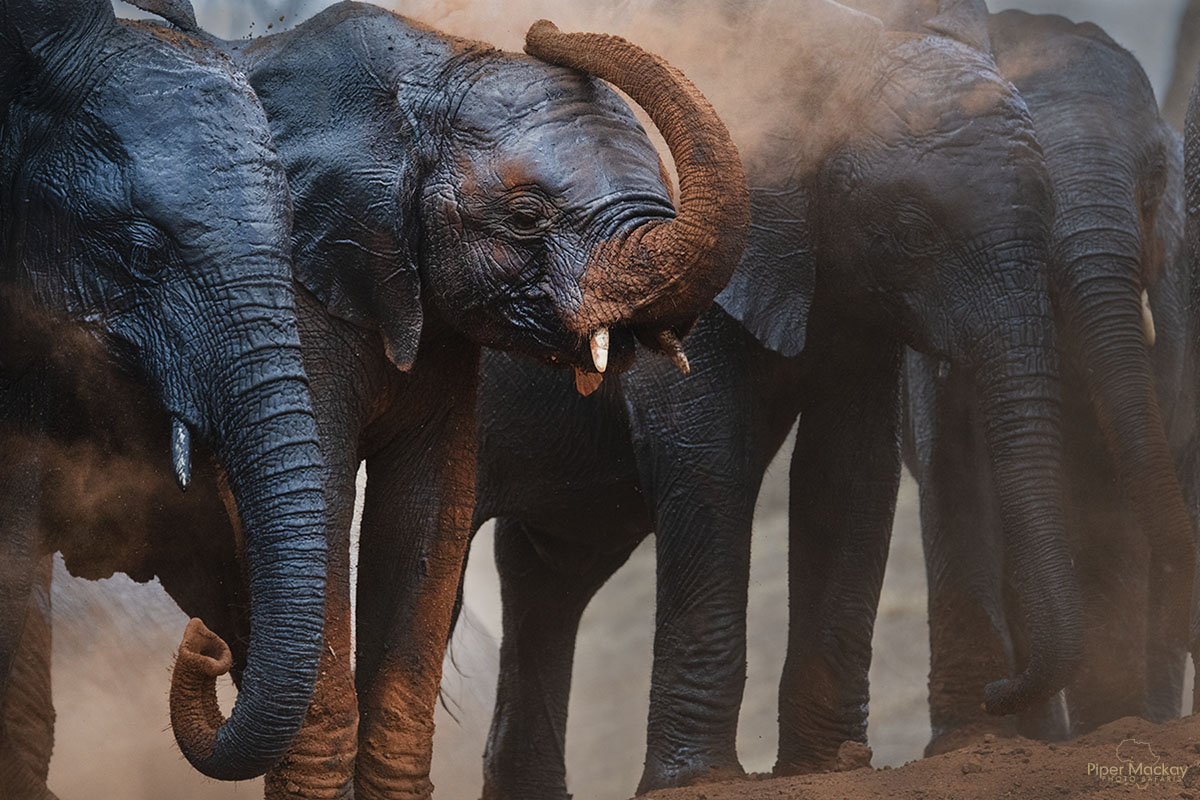 Nikon D850, 70-200 2.8, F8, 1/2500, ISO 500, -.1
Nikon D850, 70-200 2.8, F8, 1/2500, ISO 500, -.1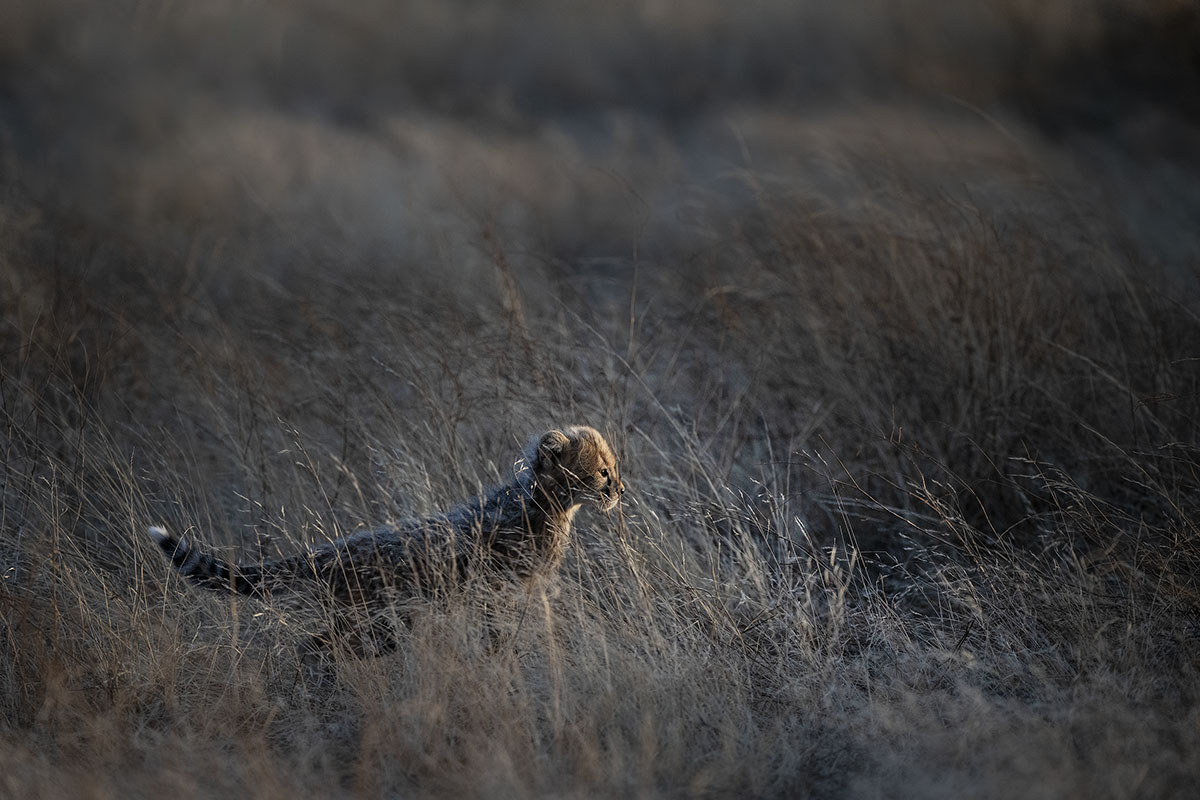 Nikon D850, 200-400 lens, F5, 1/2000, ISO 1250, -.1
Nikon D850, 200-400 lens, F5, 1/2000, ISO 1250, -.1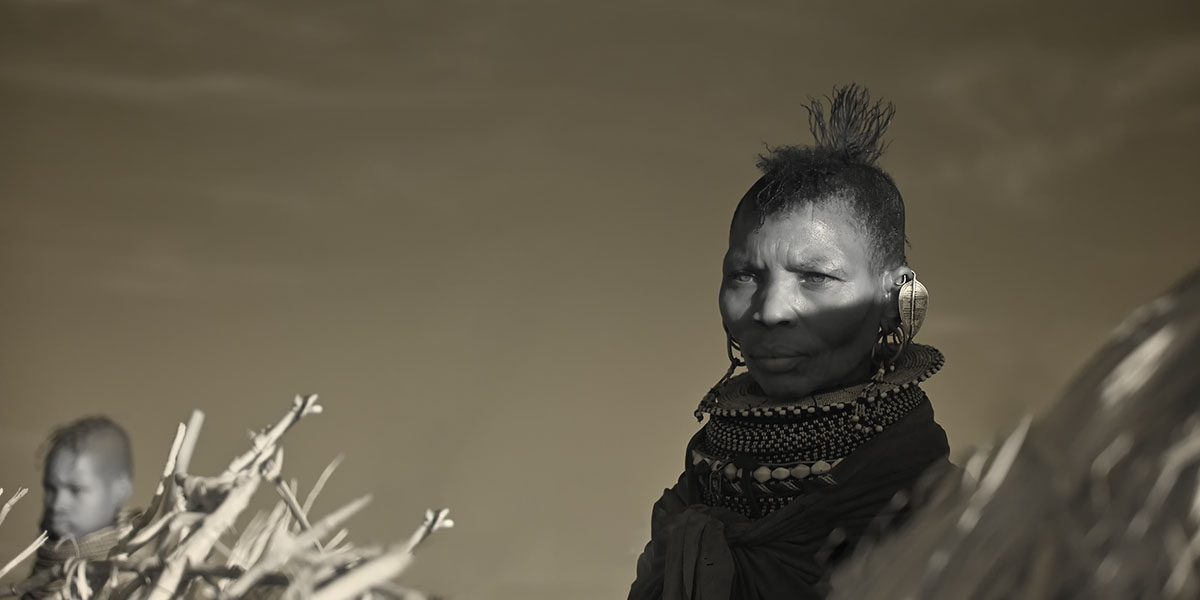 Nikon Z7 IR, 24-70 4.0 Zglass , F5, 1/2000, ISO 1250, +.67
Nikon Z7 IR, 24-70 4.0 Zglass , F5, 1/2000, ISO 1250, +.67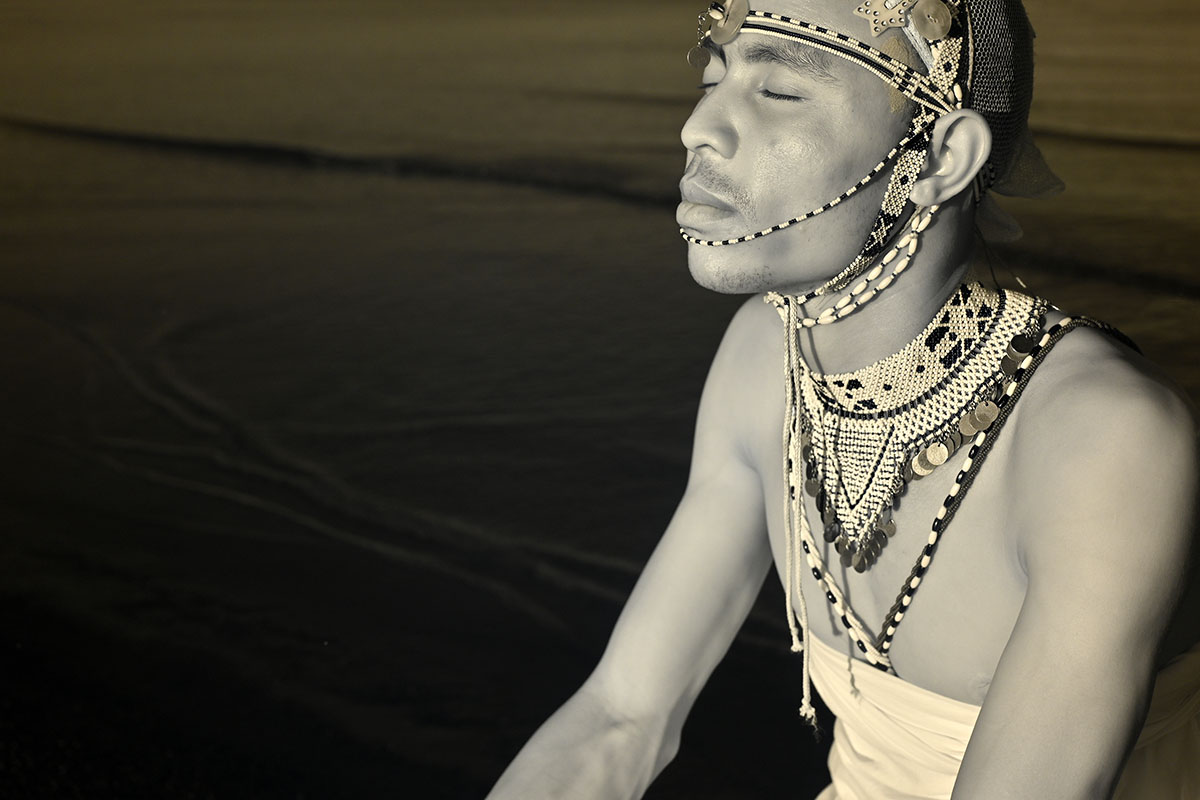 Nikon Z7 IR, 24-70 4.0 Zglass , F6.3, 1/1250, ISO 400, +.67
Nikon Z7 IR, 24-70 4.0 Zglass , F6.3, 1/1250, ISO 400, +.67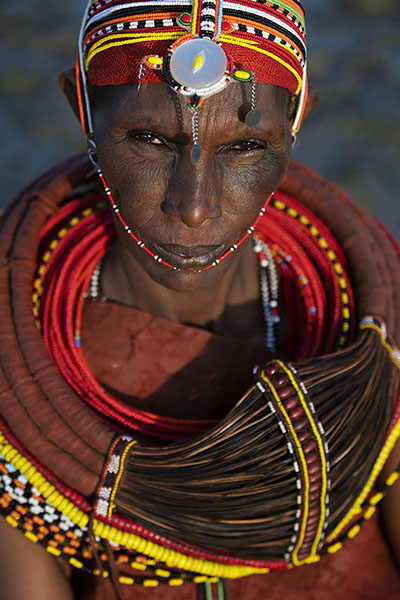 Nikon D850,70-200 2.8, F4.5, 1/640, ISO 200
Nikon D850,70-200 2.8, F4.5, 1/640, ISO 200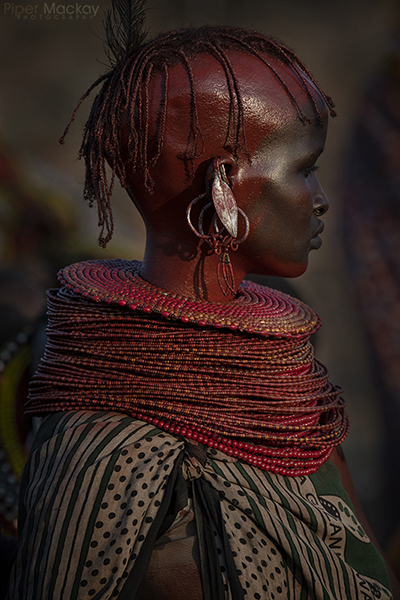 Nikon D850,70-200 2.8, F7.1, 1/1250, ISO 500, -.67
Nikon D850,70-200 2.8, F7.1, 1/1250, ISO 500, -.67
Great post, Piper and well stated reasons behind your switch. Welcome to the dark side.
Your images are always fantastic, and but the new gear will help you take them to another level.
Thank you!! I am trilled to be on the dark side, it goes well with my love for the African Continent. A place where one needs to trust their gear.
Welcome to the Dark Side . I recently seen more photographers changing to Nikon.
Thank you. Yes, I saw the first swing of photographers switch to Nikon with the D4 and the D800 and now I have seen a lot more switch over with the D850!
Congratulations Piper! I’ve been using Nikons for over 50 years! And I have been a member of NPS
since 1984! In my opinion there is a huge difference between Nikon cameras and particularly Nikon lenses than any other cameras or lenses! Your photos look great!
Awesome – Thank you!
Piper – Congrats on the switch to Nikon. These photos are the BEST that I’ve ever seen of your work. The subjects look like they could step out of the photo, they are so real & lifelike.
Lori
Thank you! Have a wonderful holiday season and a 2019 that is filled with exotic travel!
I have no complaints about Nikon equipment and, as a NPS qualified member, you porbably will receive excellent service as well. However, for the rest of us that don’t qualify for NPS services, their repair services are terrible. Most of the lenses and camera bodies that I have sent in have not been fixed the first time and required a second attempt and even then they were not repaired to original performance, and it takes forever! I have 1 camera body and 2 lenses that I no longer use because they could never repair them to original performance. And a 500mm f/4 D II that I returned for focusing issues they said they could not repair due to parts unavailable (and when pressed for the parts not available, they told me they couldn’t find out and, when pressed further, gave me bogus part numbers). So, I was stuck with a $4000 very poor boat anchor. That is until I contacted another Nikon authorized repair facility. He had it fixed within 2 weeks for half of what Nikon originally quoted me. So, good equipment but unfortunately very poor customer service and repair center.
Thank you for sharing your experience. I am not sure where you are purchasing your gear, but this is one reason I still support and purchase most of my gear through my local camera store. I have great relationship with them and where there is a problem they also step up to the plate and help deal with these type situations. I will say that Canon customer service was fantastic and it was my saving grace, so to speak, as I was there often!!!
Nice – but remember, it is not the gear, but you, the photographer. Thank you. JG
Thank you Jose. Yes I agree, but I also think about it in broad terms….for instance I think of a carpenter and all the tools you see walking down the isle of a Home Depot. All the tools may work for a project, but the best tools may give your product the better finest polished outcome… You can also buy the best tools, but not have the ability to put them to the best use. What I have decided is best for my vision may not be suited for many others, who have a different vision with their art and photography. I tried to be careful to ensure my message was to really research what is best for you before making a large investment. Again, thank you for the compliment!
I switched from Canon to Nikon via Paul’s photo in 2008 when the D3 and D300 came out. I never looked back. My motivation was a little different, Canon did not have multiple exposure capability and Nikon did. Keep up the good work, your photos are great!
Thank you Bill for sharing your comments. They reflect my opinion in this post. Your decision in choosing Nikon was one that met your photographic vision and needs!!! Mark at Paul’s photo is awesome in supporting a photographer and their needs!! This is why I highly urge every photographer to support their local camera store. I love walking in the door and speaking shop with a staff of passionate photographers. I highly value my relationship with them, the commodore with my “tribe”, and the personal relationship it builds. I go to Paul’s for all all my equipment and I go to other local suppliers for items, such as monitors, when it is something they do not specialize in…. Post to come. What a lot of photographers need to know – is to stop thinking of looking at gear in their local shop and then buying it online to for a better deal, most local guys can not only match the deal, but put an enormous value behind it!! Also, don’t jump and buy because someone else said it was better… is it better for your needs?!
Congratulations on the switch and your beautiful images, regardless of who made the equipment. I was first drawn to your site when I spotted some IR images of yours and your name also seemed familiar to me. I have photographed with Nikon since 1990? and Nikon IR since 2004. I can say the only times I have been tempted by Canon was because of their 100-400 lens as Nikon doesn’t really make anything like it. Have you found an acceptable compromise for this lens? It also seems the D850 performed well in the low light of the Ugandan jungle. I have often considered whether the D5 would provide a noticeable advantage (given the additional cost) under those conditions but it appears it works well.
Thank you!
Other than the fame rates, which I did not feel were lacking on the D850, I don’t think the D5 is an advanced. The D5 is a beast of a camera, so you are going to be out in the jungle all day, I think I would prefer the D850.
Loved the low light pictures, Piper. Especially the lion and gorilla. Will be trying more exposure comps in the near future, as love the effect that you achieved. I love my 850, and enjoy in pushing the boundaries of my skill to challenge me to shoot even better photos! Hope to make it back to Africa again sometime!
Thank you!! I hope you make it back to Africa it is a magical continent!
Fantastic photos. I, too, am blown away by the D850. I have always shot Nikon, back to my Nikkormat days, and often thought of switching to Canon or (now) Sony. However, with many legacy lenses, that was too much investment to lose. I shot an old D70 on my first trip to Africa, and stayed with the DX format for years. When the D800e appeared, I jumped on the chance to go back to full frame, and have never looked back. I now have the D850 ad D500, and rarely use the D500; the D850 is simply the best camera I have ever owned. I recently upgraded to the 12-24 and 70-200 (matched with my old 24-70, and couldn’t be more pleased. I noticed that among your many great shots, I particularly liked the ones shot with the 70-200; there is something about that lens that sets it apart from any other lens I own. I would also add that I returned the new 24-70 VR and kept my old, non-VR 24-70, which is much sharper than the new one I returned. And, among the teles I own, I find the 80-400 to be the most useful, but the 200-500 is sharper, and a bargain in comparison. Also, the 300 PF is really compact, lightweight, and sharp, and pairs well with a 1.4X teleconverter, if one is content with a fixed focal length. In short, Nikon glass with the D850 is a superb combination, in my opinion. Welcome to the club!